When talking about Khmer culture, the first thing that comes to mind is the image of golden pagodas with curved roofs reaching up to the blue sky. Not only a place of worship, pagodas are also the cultural heart, the soul of the villages and hamlets, the spiritual support of the Khmer people.
From Rach Gia to Ta Pa peak, from the plain villages to the windy mountain slopes, we began our journey to discover many pagodas. Each place has its own story, simple but imbued with community solidarity.
The main hall of Soc Ven Moi Pagoda (Go Quao) was built in a unique architectural and sculptural style bearing the mark of Khmer Southern Buddhism. Photo: DANH THANH
Unique architecture
Known as the "living treasure" of the coastal Khmer community, Lang Cat Pagoda carries within it a depth of history and culture. Venerable Long Phi Yen - Abbot of Lang Cat Pagoda led us through each row of buildings in the campus of more than 10,000m2 . Built in 1412, Lang Cat Pagoda has all the characteristics of Khmer Southern Buddhism. The main hall, monks' quarters, lecture halls, stupas... are all covered with a layer of golden paint, with sophisticated patterns and reliefs.
Seeing that we seemed interested, Venerable Long Phi Yen proudly continued: “Lang Cat Pagoda is a place of practice and also a witness to many historical ups and downs. Through many generations, the pagoda still retains the soul of Khmer culture here. In 1994, the pagoda was recognized as a national historical and cultural relic by the Ministry of Culture and Information (now the Ministry of Culture, Sports and Tourism).
Leaving Lang Cat Pagoda, we returned to Tri Ton Commune, where Ta Pa Pagoda is located on a high hilltop, likened to a lotus blooming in the clouds of Bay Nui. From afar, the pagoda seems to float in the air, reflecting on the lush green forest. Fascinated by the beauty of the pagoda, before we could say a word of praise, we heard Thach Chanh Ri, a tourist from Vinh Long, exclaim: "When we got there, the pagoda was very beautiful. The curved roof, reliefs, and patterns all carry the cultural characteristics of the Khmer people, and are located in the middle of majestic mountains, very different."
Visiting Ta Pa Pagoda, we were impressed by the main hall of more than 1,300 square meters, supported by 120 concrete pillars from 5 to 18 meters high. Venerable Chau Sung - Abbot of Ta Pa Pagoda said that the pagoda was built in 1999, initially just a simple thatched hut. After 4 renovations, by the end of 2019, the pagoda had a new appearance, spacious, peaceful but still imbued with Khmer culture. All the costs of building the pagoda were contributed by Buddhists. In 2020, the pagoda built an additional 70 meter long staircase connecting the foot of the mountain to the top, like a silk strip winding between the mountains and hills. "The steep terrain made the construction extremely difficult. Materials had to be transported up the mountain, scaffolding was built with bamboo, tied with old cassocks. But it was the difficulty that created the pagoda space in harmony with nature, open and peaceful" - Venerable Chau Sung recounted with pride.
An Giang province currently has 142 Khmer Theravada Buddhist pagodas. According to Danh Thanh Dat, a resident of Dinh Hoa commune, who has nearly 10 years of experience building Khmer pagodas, today the pagodas still maintain the traditional style: curved roofs, yellow color, sophisticated reliefs, but combine new techniques and modern materials to increase durability and aesthetics. "The architectural style of pagodas has always been to create a sacred and peaceful space," said Dat.
What Mr. Dat shared became clearer when we arrived at Go Quao commune - a peaceful land where Soc Ven Moi pagoda appeared both brilliant and solemn. We were impressed by the three-layer curved roof of the main hall, the Naga snakes, and the winding dragon tails as if protecting the sacred place. The reliefs of Garuda and the goddess Kaynor were vivid as if moving in the light. On the wall, each painting of the Buddha's life seemed to lead us into the spiritual and cultural depth of the Khmer people...
Khmer pagodas are where major festivals such as Chol Chnam Thmay, Sene Dolta, and Ok Om Bok take place. Photo: DANH THANH
"Breathing" of the village and the squirrel
For generations, Khmer pagodas have not only been a place for monks to practice but also a cultural center, a place to teach Khmer language, Buddhist scriptures, ethics and cultural lifestyle to young people in the villages and hamlets. Traditional festivals such as Chol Chnam Thmay, Sene Dolta, Ok Om Bok... are all associated with pagodas, becoming occasions for reunion and community bonding. Venerable Danh Lan - Permanent Vice President of the Provincial Association for Solidarity of Patriotic Monks and Monks said: "Since the time of land reclamation and settlement, pagodas have been a place to shelter and teach Khmer to children, preserve ancient Pali scriptures and organize major ceremonies during the year."
What Venerable Danh Lan told is not only a memory but is still clearly present in the lives of the Khmer people today. At Xeo Can Pagoda, Vinh Hoa Commune, children are busy learning Khmer characters at the blackboard. While waiting for his grandchild to finish class, Mr. Danh Tuong, a resident of Xeo Lung A Hamlet, shared: “When I was young, I also learned to read and write here, now it is my grandchild’s generation. The pagoda is the place I return to whenever I am happy or sad, a place I have been attached to all my life.”
At Ca Nhung Pagoda, Dinh Hoa Commune, before the sun had time to shine through the curved tiled roof, the sound of early morning chanting echoed throughout the pagoda. In the pagoda yard, more than 20 Buddhists diligently did volunteer work, some sweeping leaves, tending plants, some cooking. Mrs. Thi Hieu (66 years old), residing in Hoa My Hamlet, Dinh Hoa Commune, holding a broom to sweep each fallen leaf, slowly said: "I live alone, without husband or children. For twenty years, I have been going to the pagoda every day, doing whatever I can. The pagoda is like a second home. Here, I feel very light-hearted." Like Mrs. Hieu, Mr. Danh Dien (51 years old), residing in Hoa Hon Hamlet, Dinh Hoa Commune, often comes to volunteer work and offer rice to the monks. "My family has been attached to this pagoda for many generations. Volunteering is my way of maintaining that connection. I also hope that in the future I can have my ashes deposited here - a place I believe is a peaceful place," Mr. Dien said, his voice low amid the distant sound of the pagoda bells.
The modern pace of life makes young Khmer people tend to study and work far from home. Regularly staying at the pagoda like before is no longer popular. However, on every major holiday, streams of people return. The connection between the Khmer people and the traditional pagoda is always present, durable and sacred like the curved tile roof in the southern sky. Venerable Danh Thuyen - Deputy Abbot of Ca Nhung Pagoda said that on the full moon and 30th days of the lunar calendar, the pagoda welcomes 30 - 50 Buddhists to offer rice, chant sutras and do meritorious deeds. Especially, on major holidays such as Chol Chnam Thmay, the robe offering ceremony, the pagoda welcomes thousands of Buddhists from all over to worship, creating a cultural picture rich in identity.
We left Ca Nhung Pagoda as the sunset was slowly fading. The temple bell rang at the end of the day as a gentle reminder of tradition, morality and the strong connection between religion and life. Although times have changed, the pagoda is still a strong spiritual support, a place to preserve the cultural and spiritual values of the Khmer people.
(To be continued)
D.THANH - B.TRAN - T.LY
Source: https://baoangiang.com.vn/sac-mau-van-hoa-khmer-o-an-giang-bai-1-mai-chua-khmer-linh-hon-cua-phum-soc-a426107.html





![[Photo] Prime Minister Pham Minh Chinh meets with representatives of outstanding teachers](https://vphoto.vietnam.vn/thumb/1200x675/vietnam/resource/IMAGE/2025/11/15/1763215934276_dsc-0578-jpg.webp)


![[Photo] General Secretary To Lam receives Vice President of Luxshare-ICT Group (China)](https://vphoto.vietnam.vn/thumb/1200x675/vietnam/resource/IMAGE/2025/11/15/1763211137119_a1-bnd-7809-8939-jpg.webp)




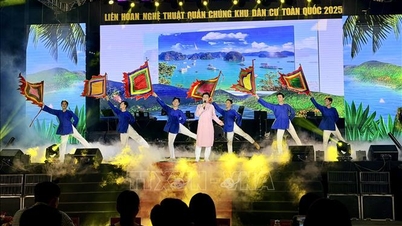




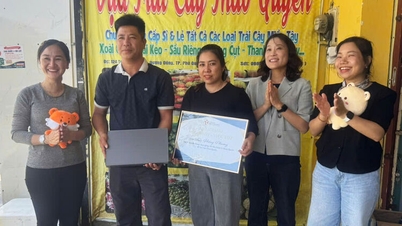
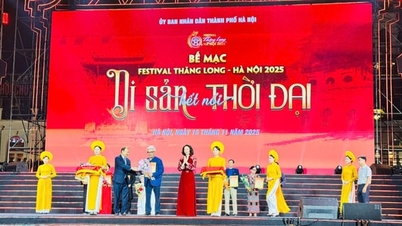



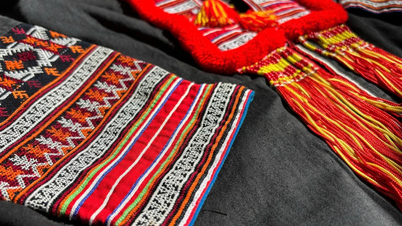




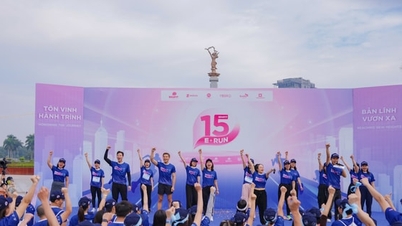




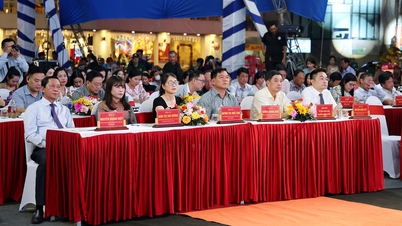

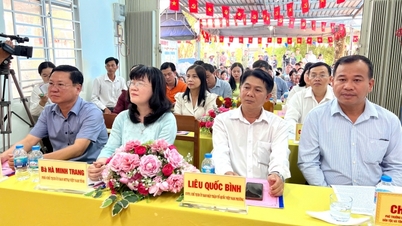

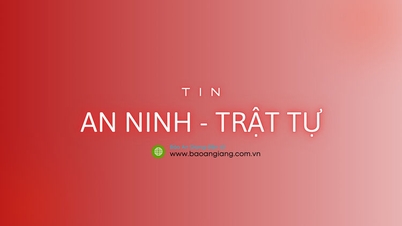



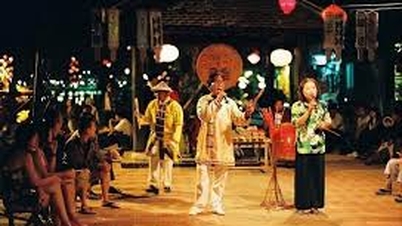







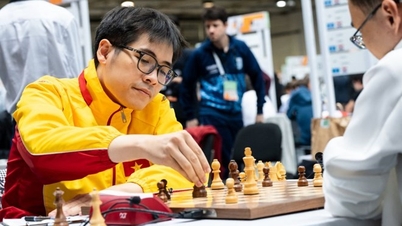

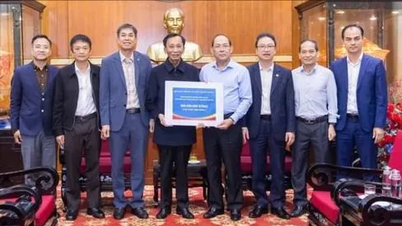





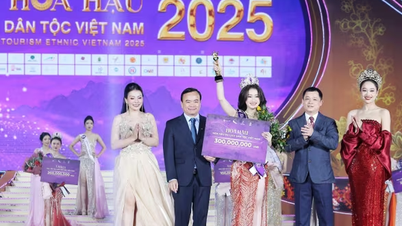





























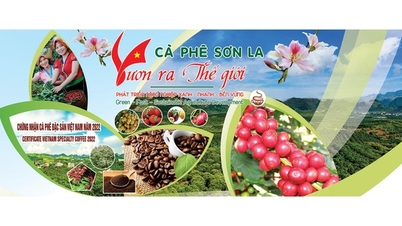






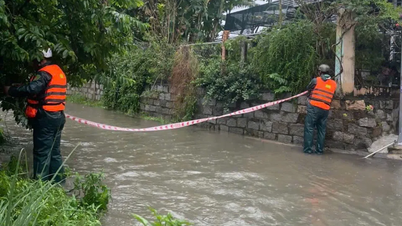












Comment (0)